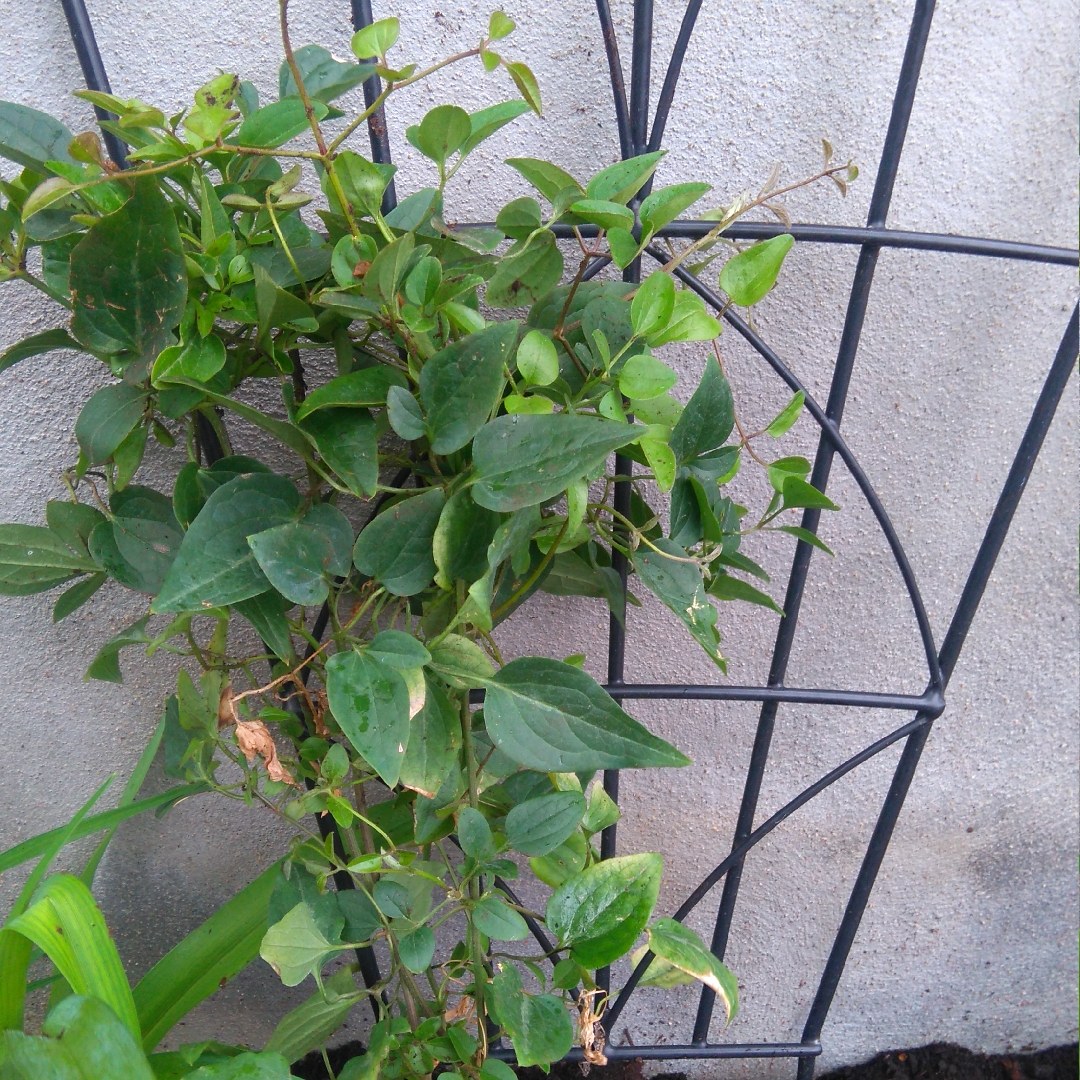
Clematis virginiana
Virginia's Virgin Bower
Virgin's Bower is not commonly planted in gardens. It is sold by a good number of native plant nurseries and some specialty and large conventional nurseries. It grows in full sun to light full shade and is very adaptable to many soils from sandy to clay, dry to draining wet, and acid to alkaline with pH range of 6.0 to 8.5. It has a deep but sparse, fibrous root system that makes it hard to transplant. Group 1 clematis.
Contributed by @EdithB
-
Full sun
-
Occasional watering
-
Full Frost Hardy: 5F (-15°C)
-
Moist and free draining
Common name
Virginia's Virgin Bower
Latin name
Clematis virginiana
type
Climber
family
Ranunculaceae
ph
7.0 - 8.5 Acid - Neutral
Plant & bloom calendar
-
Best time to plant
-
When the plant will bloom
full grown dimensions
 8.00 M
5.00 M
8.00 M
5.00 M
Clematis virginiana
Virgin's Bower is not commonly planted in gardens. It is sold by a good number of native plant nurseries and some specialty and large conventional nurseries. It grows in full sun to light full shade and is very adaptable to many soils from sandy to clay, dry to draining wet, and acid to alkaline with pH range of 6.0 to 8.5. It has a deep but sparse, fibrous root system that makes it hard to transplant. Group 1 clematis.
Planting young plants
From Early Spring TO Late Summer
Soak pot grown new plants well before planting. Dig an over-sized planting hole and mix some good quality organic material with the soil from the hole adding a handful of bone-meal or fish, blood and bone fertiliser. Put some well rotted manure at the base of the hole and cover with soil. Remove the plant from its pot and place in the hole so that the surface of the root-ball is at least 3 inches below the soil level. Fill the space around the root-ball with the soil and organic material mix. Sprinkle some more organic fertiliser around the plant, keeping it away from the stem and water in thoroughly.
Flowering Season
From Mid Winter TO Late Spring
Group 1 varieties flower early, from mid winter into late spring. Winter flowering C. cirrhosa and its varieties are also in Group 1.
Propagation by cuttings
From Late Summer TO Mid Autumn
Semi hard wood cuttings are taken from the current years growth from late summer to mid autumn the bottom of the cuttings is hard and soft on the top. With a sharp knife take a cutting of about 14cms, remove lowest leaves, dip end into rooting hormone, and place round the edge of a pot filled with a suitable compost, water well, they must remain moist till rooted, place under glass but in semi shade.










